1. Boosting Affordability

Tiny homes present an affordable alternative for individuals priced out of the traditional housing market. With significantly lower costs for materials, land, and ongoing maintenance, these homes are transforming the pathway to homeownership. Many tiny homes can be built for a fraction of the cost of a conventional house, making them particularly appealing to first-time buyers and those looking to reduce financial burdens. According to Tiny House Society, this affordability allows individuals to invest in homeownership without the stress of a hefty mortgage. Furthermore, the tiny home movement has garnered attention from younger buyers seeking independence and retirees looking to downsize.
The reduced financial obligations provide greater flexibility for travel, hobbies, and other lifestyle choices. Additionally, the compact size of tiny homes minimizes property taxes and utility bills, adding to their cost-effectiveness. This shift is redefining the traditional real estate landscape, encouraging developers to explore smaller, budget-friendly housing options. By prioritizing affordability, tiny homes offer a practical solution to housing crises in urban and suburban areas. Their growing popularity highlights the demand for accessible and sustainable living solutions.
2. Encouraging Zoning Law Reforms

The rise of tiny homes is driving significant changes in zoning laws across various cities and municipalities. Traditional zoning regulations often pose challenges for smaller dwellings, but the tiny home movement is prompting a reevaluation of these rules. As noted by Urban Land Institute, many communities are now adopting policies that allow for accessory dwelling units (ADUs) and relaxing minimum square footage requirements. These adjustments create opportunities for more diverse housing solutions in both urban and suburban settings.
By addressing barriers to small-scale living, these reforms promote more inclusive and flexible housing markets. Tiny homes are also sparking discussions about density and land use, encouraging cities to innovate and optimize limited space. Moreover, the policy changes benefit homeowners who wish to use tiny homes as rental properties or secondary dwellings. This trend is enabling the development of compact, community-oriented neighborhoods that cater to various lifestyles. The willingness of cities to adapt zoning laws underscores the transformative impact of the tiny home movement on housing policy. By embracing these reforms, municipalities are fostering creative solutions to address housing shortages.
3. Driving Interest in Sustainable Living

Tiny homes are at the forefront of sustainable living, utilizing eco-friendly materials and energy-efficient designs to minimize environmental impact. Their smaller size significantly reduces energy consumption and waste production compared to traditional homes. According to Green Building Alliance, many tiny homes incorporate solar panels, composting toilets, and rainwater harvesting systems to enhance sustainability. This commitment to green practices inspires broader changes within the real estate industry, encouraging developers to adopt environmentally conscious methods.
Tiny homes also emphasize the importance of reducing one’s carbon footprint by promoting minimalism and resource efficiency. These dwellings serve as a model for integrating sustainability into everyday living, influencing consumer preferences and architectural trends. The focus on eco-friendly construction materials, such as reclaimed wood and non-toxic insulation, further demonstrates the movement’s dedication to the planet. Additionally, the compact design of tiny homes allows them to fit seamlessly into natural landscapes without disrupting ecosystems. As interest in sustainable living grows, tiny homes are becoming a symbol of environmental responsibility and innovation. Their impact extends beyond individual homeowners, driving a shift towards greener, more conscientious housing solutions.
4. Popularizing Minimalism

The tiny home movement is reshaping cultural attitudes towards consumption and materialism by promoting minimalism. Living in a small space naturally requires a focus on functionality and simplicity, which encourages homeowners to declutter and prioritize essentials. According to Becoming Minimalist, this lifestyle shift is not only practical but also emotionally freeing, as it helps individuals detach from excessive possessions. The popularity of tiny homes reflects a growing desire for intentional living, where quality is prioritized over quantity. Millennials, in particular, are drawn to this lifestyle for its alignment with sustainable values and financial prudence.
Similarly, retirees are embracing minimalism to reduce maintenance burdens and focus on meaningful experiences. Tiny homes are influencing broader design trends, with an increased demand for modular furniture, multifunctional spaces, and open layouts. By encouraging a mindset of “less is more,” the tiny home movement is challenging traditional notions of success tied to material wealth. This minimalist approach extends beyond housing, inspiring a cultural shift towards simpler, more sustainable ways of living. Tiny homes not only transform living spaces but also redefine what it means to live well.
5. Revitalizing Rural Areas

Tiny homes are breathing new life into rural and underdeveloped areas by attracting homeowners who seek affordability and tranquility. With land often more accessible and cheaper in these regions, tiny home enthusiasts are finding opportunities to build dream homes away from urban hustle. According to Rural Development Initiatives, this migration boosts local economies by increasing demand for services, creating jobs, and fostering community development. The presence of tiny home villages and individual properties brings fresh economic activity to areas previously overlooked by developers.
Moreover, tiny homes offer a solution for individuals and families wanting to escape high housing costs in cities. This trend has encouraged local governments to reevaluate zoning and building regulations to attract more tiny home dwellers. For rural areas, this influx of new residents often leads to improved infrastructure and services. In addition to economic benefits, tiny homes promote environmental stewardship, as their compact footprint preserves natural landscapes. The movement also highlights the potential for rural regions to provide modern amenities while maintaining their unique charm. By expanding the real estate market into these areas, tiny homes are redefining what it means to live in the countryside.
6. Changing Vacation Property Norms

Tiny homes are revolutionizing the vacation rental market by offering unique and affordable lodging options. Platforms like Airbnb prominently feature tiny homes, attracting travelers who seek distinctive experiences over traditional accommodations. These properties often boast picturesque locations and innovative designs, making them ideal for weekend getaways or extended stays. Tiny vacation homes allow property owners to diversify their investment portfolios without the high costs of conventional vacation properties. The compact size and lower maintenance requirements make them a cost-effective solution for both owners and renters.
Additionally, tiny homes appeal to eco-conscious travelers due to their sustainable construction and energy-efficient features. This trend is reshaping how people perceive vacation properties, with a focus on quality over quantity in travel experiences. The popularity of tiny homes as vacation rentals also supports local tourism by drawing visitors to lesser-known destinations. As demand for alternative lodging grows, tiny homes are becoming a preferred choice for travelers seeking memorable stays. Their rise in the vacation market reflects a broader shift towards personalization and sustainability in the hospitality industry.
7. Encouraging Multi-Generational Living

Tiny homes are enabling families to explore multi-generational living by serving as accessory dwelling units (ADUs) on existing properties. These compact structures provide an affordable way to house aging parents, adult children, or other relatives while maintaining privacy and independence. According to AARP, the rise of ADUs is helping families create functional, family-oriented spaces without the costs associated with traditional home additions. By placing tiny homes in backyards or adjacent lots, homeowners can foster closer relationships across generations. This arrangement is particularly beneficial for caregiving, as it allows family members to provide support without compromising autonomy.
Multi-generational living also reduces housing costs for all parties involved, offering financial relief and stability. Furthermore, tiny homes often feature customizable layouts that cater to the specific needs of different family members. This flexibility has made them a popular choice for addressing housing shortages and creating versatile living arrangements. The movement reflects a growing appreciation for the value of close-knit family dynamics and practical housing solutions. By transforming backyards into livable spaces, tiny homes are redefining how families live together.
8. Revolutionizing Mobile Living
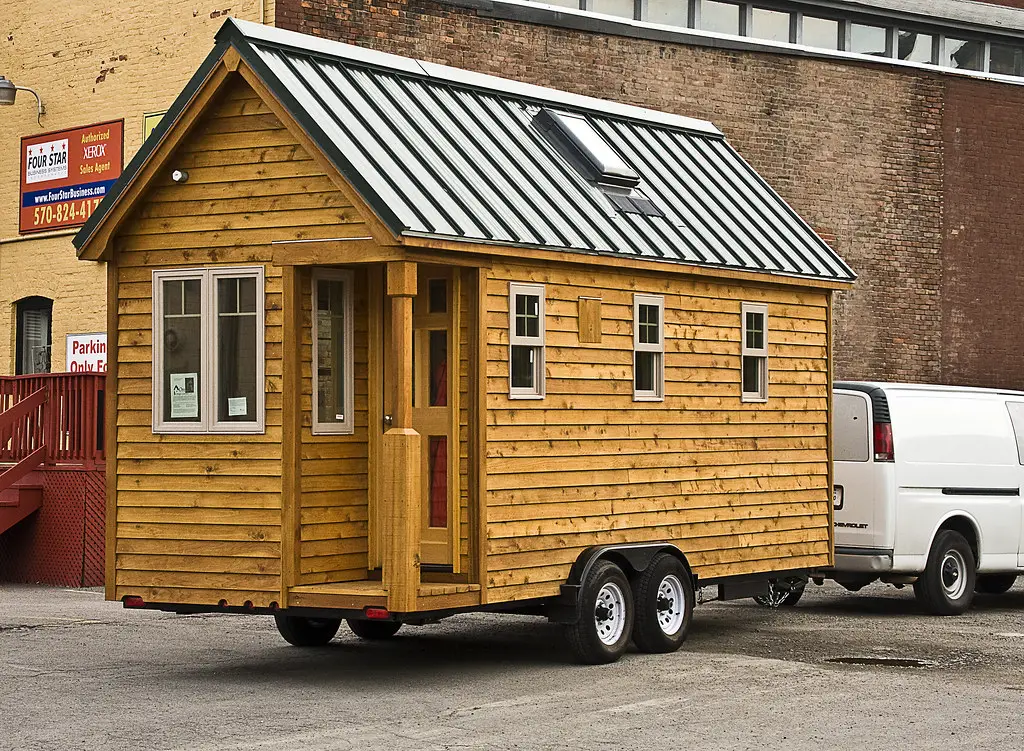
The mobility of many tiny homes is redefining homeownership, offering a unique blend of stability and freedom. Built on wheels, these homes provide owners with the flexibility to travel while maintaining the comforts of a personal space. This lifestyle appeals to digital nomads, retirees, and anyone seeking adventure without sacrificing security. According to Tiny House Talk, mobile tiny homes are also a cost-effective alternative to traditional RVs or motorhomes. The ability to relocate opens up opportunities to explore new areas, from scenic rural landscapes to bustling urban centers.
Mobile tiny homes are particularly attractive to those working remotely, as they can adapt their living locations to suit personal and professional needs. These homes also foster a minimalist lifestyle, encouraging owners to focus on essentials and embrace new experiences. Beyond individual benefits, the mobility trend has spurred innovation within the real estate and construction industries. Developers and manufacturers are creating more durable, energy-efficient, and aesthetically pleasing mobile units. This niche market is reshaping the broader housing landscape by demonstrating that homeownership can be both flexible and attainable.
9. Rethinking Urban Density
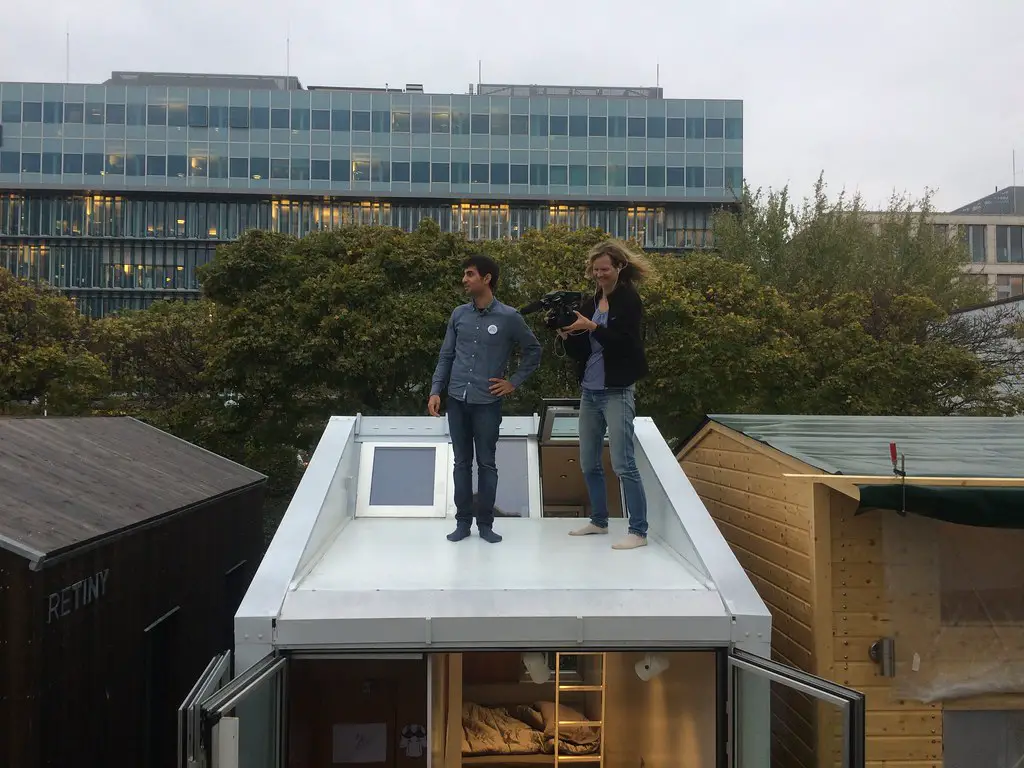
Tiny homes are emerging as an innovative solution to address housing shortages in urban areas without the need for expansive developments. Cities are incorporating these compact dwellings into vacant lots or underutilized spaces, effectively increasing housing density without overburdening existing infrastructure. According to Smart Growth America, this approach reduces urban sprawl while providing affordable housing options. Tiny homes offer flexibility in design and placement, making them ideal for filling gaps in high-demand metropolitan areas. Their smaller size allows for creative land use, such as turning unused parking lots or alleyways into vibrant residential communities.
Additionally, tiny homes align with sustainability goals by reducing the ecological footprint of urban living. This innovative strategy supports diverse demographics, from young professionals to retirees, seeking accessible housing in city centers. The integration of tiny homes into urban planning also promotes walkable neighborhoods, public transit use, and community engagement. By reimagining urban density, cities can balance population growth with sustainable development. Tiny homes are proving to be a vital piece in solving complex urban housing challenges.
10. Creating Opportunities for DIY Builders
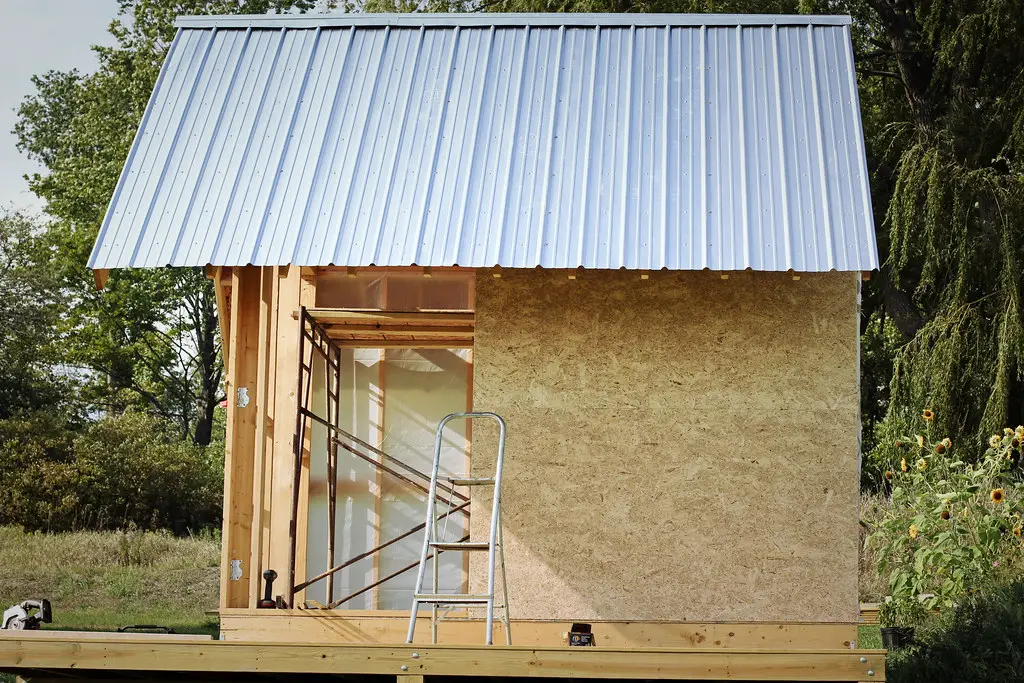
The tiny home movement has empowered a growing community of DIY enthusiasts to take on the challenge of building their own homes. With manageable size and cost, these projects are accessible even to those with limited construction experience. According to The Spruce, DIY tiny homes encourage creativity and customization, allowing builders to tailor their spaces to personal preferences. This hands-on approach not only saves money but also provides a sense of accomplishment and pride in homeownership. Many tiny home builders share their experiences online, fostering a supportive network of resources, tutorials, and advice for newcomers.
The movement has also spurred demand for DIY-friendly kits and materials specifically designed for tiny home construction. Building a tiny home teaches valuable skills, from project management to sustainable design practices. This trend reflects a shift towards self-reliance and resourcefulness in the housing market. Additionally, the rise of DIY tiny homes has influenced mainstream construction, inspiring a broader interest in compact and efficient living. By putting tools and knowledge into the hands of individuals, the tiny home movement is reshaping the way people approach homebuilding.
11. Transforming Housing for the Homeless
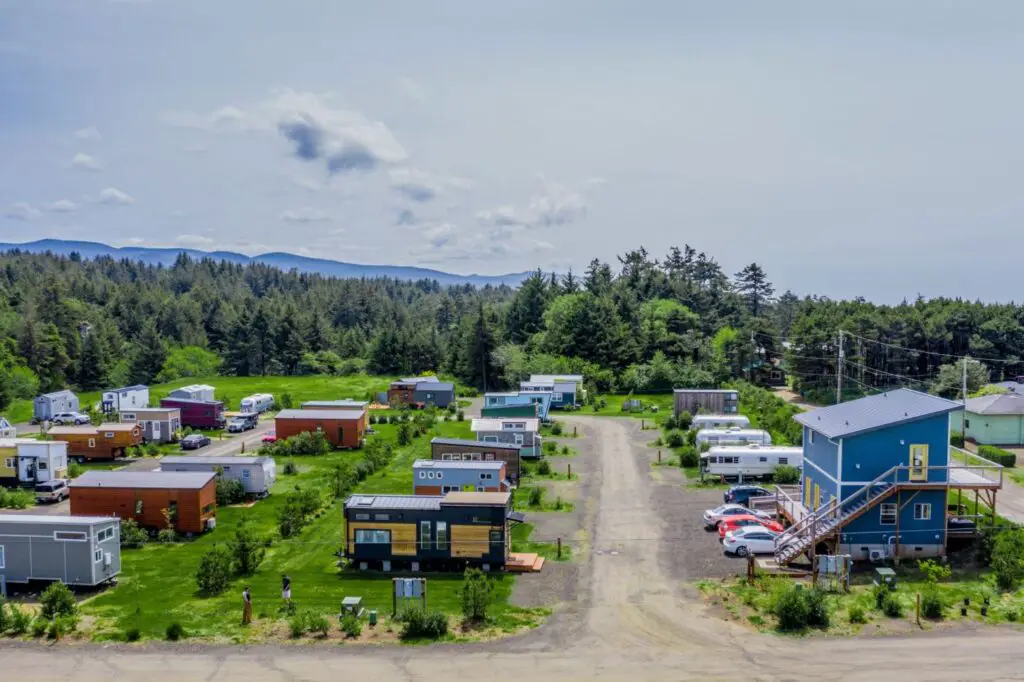
Tiny home villages are revolutionizing how cities address homelessness, providing a scalable and compassionate solution to this persistent challenge. These communities offer more than just shelter—they provide safety, stability, and access to critical support services. According to Habitat for Humanity, tiny homes for the homeless represent a cost-effective way to create transitional or permanent housing. The compact nature of these homes allows for the efficient use of available land, enabling cities to house more individuals in less space.
Many tiny home villages also incorporate communal amenities, fostering a sense of community and dignity among residents. These initiatives often include partnerships with nonprofits, local governments, and volunteers, demonstrating the power of collaborative problem-solving. By addressing both the physical and emotional needs of homeless individuals, tiny home villages promote long-term stability and reintegration into society. This innovative approach is being adopted in cities worldwide as a model for tackling housing insecurity. The success of these projects highlights the potential for tiny homes to transform social challenges into opportunities for positive change.
12. Inspiring New Financing Models

The affordability of tiny homes is driving the development of new financing options tailored to their unique characteristics. Traditional home loans often do not apply to these smaller dwellings, leading lenders to create specialized loan programs. According to Bankrate, financing for tiny homes includes personal loans, RV loans (for mobile models), and alternative credit products. These options make tiny homes accessible to a broader audience, including first-time buyers and those with limited budgets.
Innovative financing models also include crowdfunding campaigns and community lending initiatives, which reflect the grassroots nature of the tiny home movement. The reduced financial burden of owning a tiny home allows buyers to allocate more resources to other life goals, such as education or travel. Additionally, the rise of tiny home financing has prompted discussions about rethinking affordability in the broader housing market. Lenders are recognizing the potential of this growing market segment, further legitimizing tiny homes as a viable housing solution. By expanding access to homeownership, these new financing models are shaping the future of real estate.
13. Spurring Creative Land Use
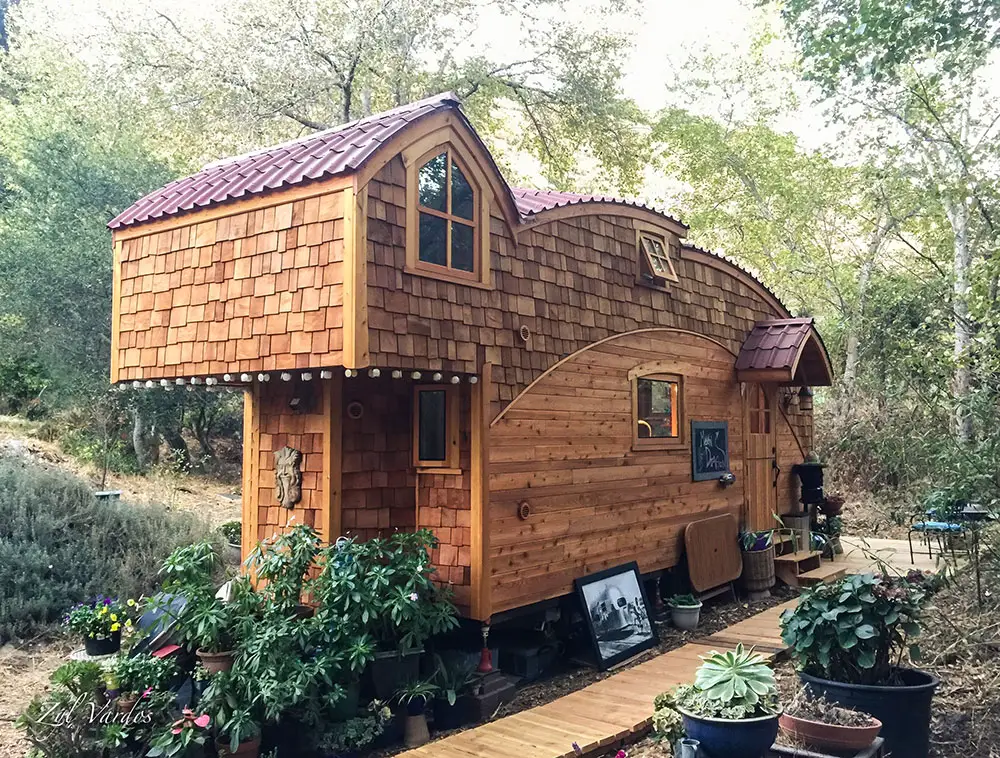
Tiny homes are inspiring innovative approaches to land use, turning small or irregularly shaped lots into functional living spaces. Developers and homeowners are finding new opportunities to utilize plots that were previously considered unsuitable for traditional housing. According to Urban Land Institute, this trend maximizes land efficiency and increases housing inventory in crowded markets. Tiny homes can be strategically placed in underused spaces, such as alleys, rooftops, or corner lots, to create vibrant micro-communities.
This creative approach to land development also aligns with sustainability goals, as it minimizes environmental impact while optimizing resources. In urban areas, tiny homes provide an opportunity to repurpose vacant lots, reducing blight and enhancing neighborhoods. Suburban and rural regions benefit from this trend by making use of parcels that might otherwise remain undeveloped. The flexibility of tiny homes encourages experimentation with zoning and land-sharing models, paving the way for more inclusive housing policies. This movement not only addresses housing shortages but also reimagines how land can be used to meet the evolving needs of communities. Tiny homes are proving that even the smallest spaces have the potential for big impact.
